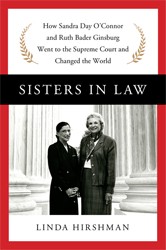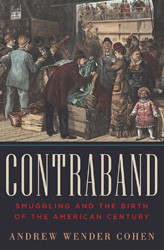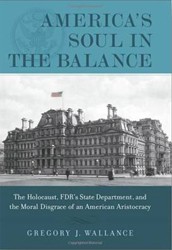This book provides data and insights intended to guide the institutional changes needed to attract and enhance the commitment of today’s young Jews. Several important shifts in the general society, which are echoed in the Jewish community, pose serious challenges. The first is related to changes in the life cycle. Full adulthood and thus economic independence are delayed. In addition, the twenties are often marked by a reality not mentioned in this book: young adults form serious relationships and cohabit, delaying marriage and parenthood to the thirties and beyond.
At the same time, religious identification in the U.S. has changed: people more easily switch denominations or define themselves as “Just Jewish”; religious conversion is on the rise; barriers to interreligious marriage, both attitudinal and institutional, have decreased. Even among the Jewishly identified, interreligious dating has become more acceptable and intermarriage rates are alarmingly high in smaller cities.
Numerous scholarly and programmatic efforts are being devoted to responding to these shifts. This book adds a great deal to that discourse. It is based on empirical studies of young Jewish leaders, participants in novel initiatives to promote Jewish identity, and a careful and clever analysis of Jewish internet sites that offers a greatly needed set of information about this new social force. In addition, it provides valuable descriptive information about many of the innovative programs and organizations that are perhaps “reshaping” communal life. The book affirms what is already known, yet is still important to understand: young Jewish leaders grew up in households with significant civic engagement and religious practice (as measured by the lighting of Shabbat candles), received better than average Jewish education, and spent substantial amounts of time in Israel. Various articles describe similarities and differences between young people engaged in longstanding (establishment) organizations and those involved in one of the host of novel efforts to cultivate commitment by young people.
While the book has considerable strengths, it leaves out what are important elements of Jewish communal life: what is described as “insular” and Orthodox. Even though a large proportion of the leaders surveyed are Orthodox, they were mainly selected on the basis of their involvement in transdenominational efforts. The omission of Chabad, Agudath Israel’s “Partners in Torah,” and the Manhattan Jewish Experience is unfortunate given an important trend — the growth in Orthodox affiliation, as is evident in the recent New York City population survey. Although innovative efforts like “Partnership Minyanim” and Limmud are worthy of discussion, organizations dismissed as insular are, in fact, part of the refashioning described in this book.

Nonfiction
The New Jewish Leaders: Reshaping the American Jewish Landscape
- Review
By
– August 8, 2012
Susan M. Chambré, Professor Emerita of Sociology at Baruch College, studies Jewish philanthropy, social and cultural influences on volunteering, and health advocacy organizations. She is the author of Fighting for Our Lives: New York’s AIDS Community and the Politics of Disease and edited Patients, Consumers and Civil Society.
Discussion Questions

Jewish literature inspires, enriches, and educates the community.
Help support the Jewish Book Council.



